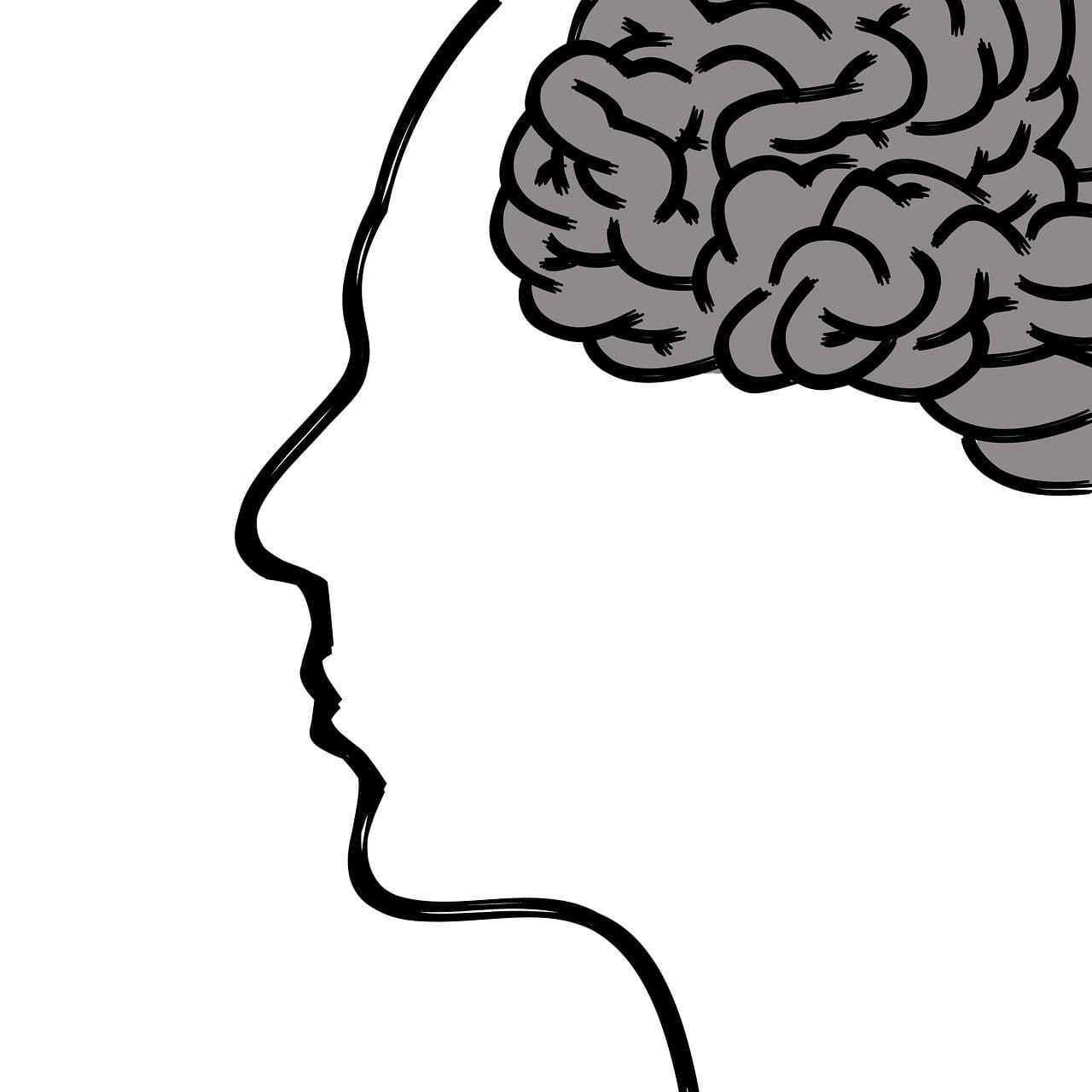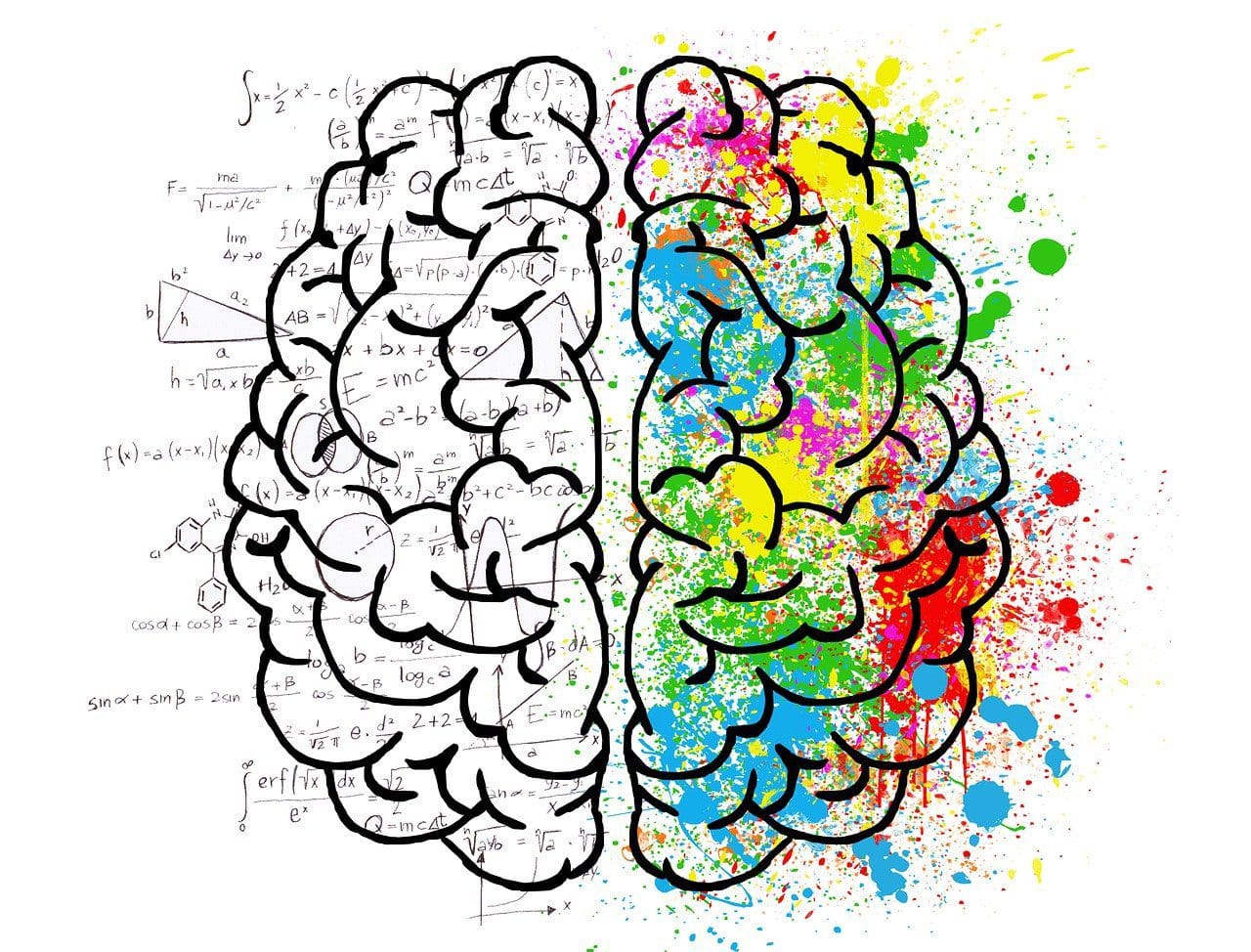The human brain is an exceptionally great structure. Also, we don’t think much about portions of the cerebrum.
All the more significant, medication science doesn’t have a clue about the remedy for quite a long-time framework sickness and how to fix the harm.
Dividing its physical structure into the projection, the left and right sides of the equator, and the brain part helps us understand its structure in a better way and, more importantly, its capabilities and systems.
Key Takeaways
- Gray matter comprises neuronal cell bodies, dendrites, and synapses, while white matter contains myelinated axons connecting different brain regions.
- Gray matter processes information and plays a role in perception, memory, and decision-making, while white matter facilitates communication between gray matter areas.
- Damage to gray matter can affect cognitive functions, while damage to white matter can disrupt communication between brain regions and cause various neurological disorders.
Gray Matter vs White Matter
The difference between gray matter and white matter is that gray matter is mainly composed of cell bodies, axon ends, and dendrites while white matter is mainly composed of myelinated axons.
The gray and white matter of the brain and spinal cord help build the spine. These pathways carry neurological information from your mind to the rest of your body.

Gray matter is the “external shell” of the mind and makes up the majority of the surface, or cortex, just as the cerebellum, frontal cortex, and cerebrum stem.
Matter consists of somatic cells and dendrites, where the combination and start of neighbourhood data occurs, and at the end of the day, the data is processed and passed to different neurons.
White matter is the thing that lies underneath the gray matter in mind. White matter consists of axon clusters that send global electrical signals to different neurons, in other words, data they transmit to other parts of the body.
It gets its name from the greasy tissue that folds over the axon called myelin.
Comparison Table
| Parameters of Comparison | Gray Matter | White Matter |
|---|---|---|
| Role | Gray substance circulates the data recovered from the white matter and sends the direction back to the effector through the white matter. | White matter transfers the sense of touch and engine power between the peripheral sensory system and gray matter. |
| Function | Gray matter controls the feelings of the body as if hearing, feeling, seeing, discourse, and memory. | White matter controls the impulsive elements of the body, for example, circulatory strain, pulse, and internal heat level. |
| Occupy | The gray matter involves 40% of the cerebrum. | White matter occupies 60% of the brain. |
| Made | Gray matter is made out of cell bodies, axon terminals, and dendrites. | White matter is made out of myelinated axons of the nerve cells. |
| Myelinated Axons | Present in few numbers. | Present in large numbers |
What is Gray Matter?
The gray matter is essentially made out of neuronal cell bodies and unmyelinated axons. Axons are the cycles that stretch out from neuronal cell bodies, conveying signals between those bodies.
In the gray matter, these axons are essentially unmyelinated, which means they are not covered by a whitish-shaded, greasy protein called myelin. Gray matter is used to process data in mind.
The internal structure of the gray matter cycle signal is generated by the gray matter tangible organs or different spaces of the gray matter.
This organization coordinates the tangible (engine) improvement of nerve cells in the focal sensory system, where the neural connections respond to the upgrade.
These signs arrive at the gray matter through myelinated axons that make up the main part of the white matter in the frontal cortex, cerebellum, and spine.
Also found in the gray matter are the glial cells (astroglia and oligodendrocytes) and vessels. The glial cells transport supplements and energy to the neurons and may even impact how well the neurons work and convey.
Since axons in the dim matter are mostly unmyelinated, the grayish tone of the neurons and glial cells joins with the red of the vessels to give this tissue its grayish-pink tone (after which it is named).

What is White Matter?
White matter alludes to spaces of the focal sensory system (CNS) that are composed of myelinated axons, likewise called parcels. A long time ago, it was considered to be a separate organization.
The white matter affects learning and thinking ability, adjusts the dispersion of activity possibilities as a handover, and organizes the correspondence between different brain regions.
White matter is named for its light appearance coming about because of the lipid content of myelin.
Be that as it may, the tissue of the newly sliced cerebrum seems pinkish-white to the unaided eye since the myelin is made out of lipid tissue veined with vessels.
Its white tint in the pre-arranged sample is due to its typical protection in formaldehyde. The white matter of your mind and the spinal rope are made out of heaps of axons.
These axons are covered with myelin, a combination of proteins and lipids, that assists lead with nerving signals and ensures the axons. White matter’s responsibility is to lead, process, and convey nerve messages here, and they’re the spinal string.
Damage to the white matter of the brain or spinal cord can affect your ability to move, use your tactile resources, or respond correctly to external improvements. Some people with impaired white matter have insufficient reflexes.

Main Differences Between Gray Matter and White Matter
- The dull shade is seen in the grey matter, while in white matter, myelin is responsible for the white appearance.
- Processing is inferred in gray matter, and white matter allows processing with gray matter regions and correspondence between grey matter and different parts of the body.
- Gray matter accounts for 40% of the brain, and white matter accounts for 60% of the brain. m
- Gray matter is the hazier tissue of the mind and the spinal rope, which consists of nerve cell bodies and fanning dendrites, while the White matter is the paler tissue of the cerebrum and the spinal line, which mainly consists of nerve filaments with their myelin sheaths.
- The improvement of gray matter is not obvious until middle age, and the improvement of white matter is not recognized until the twenties.




